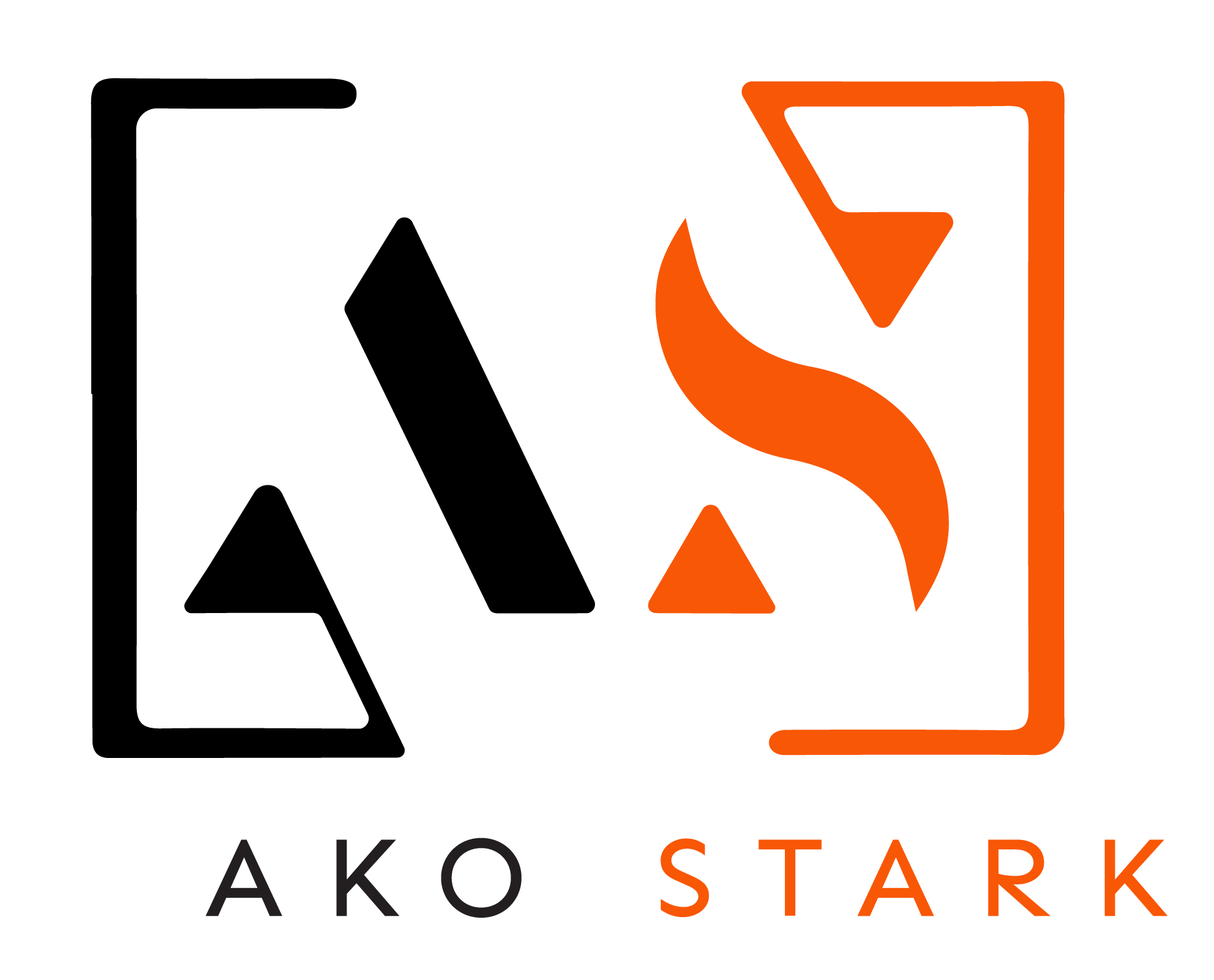In the digital age, Pay-Per-Click (PPC) advertising has emerged as a pivotal strategy for businesses aiming to amplify their online presence and drive targeted traffic to their platforms. This guide delves into the essence of PPC, offering a comprehensive overview of its mechanisms, types, and strategic execution to ensure your advertising efforts yield substantial returns.
What is PPC?
PPC stands for pay-per-click, a digital advertising model where advertisers are charged a fee each time their ad is clicked. This model is designed to drive targeted traffic to websites, landing pages, or apps, with the goal of converting clicks into valuable actions, such as sales or leads. The beauty of PPC lies in its ability to generate a significant return on investment; for instance, a $10 click leading to a $500 sale exemplifies its potential profitability.
PPC ads vary widely, encompassing text, images, videos, or combinations thereof, and can appear across search engines, websites, and social media platforms.
PPC Ad Examples:
- Search Engine Advertising: The most prevalent form of PPC, allowing advertisers to bid for ad placement in a search engine's sponsored links. For example, bidding on "google ads audit" could place your ad in the search results for that query.
- Shopping Ads
- Display Ads
- Social Media Ads
How Does PPC Advertising Work?
The process of PPC advertising involves several key steps:
- Campaign Type Selection: Choose based on your objective.
- Settings and Targeting: Refine by audiences, devices, locations, etc.
- Budget and Bidding: Set your budget and choose a bidding strategy.
- Destination URL: Provide the landing page for your ad.
- Ad Creation: Design your ad.
The placement and cost of your ad are determined by an algorithmic process that considers your budget, bid, campaign settings, and the quality and relevance of your ad. Platforms reward well-crafted campaigns with higher ad positions and lower costs.
What is Google Ads?
Google Ads reigns as the most popular PPC advertising system globally, enabling ads on Google's search engine and other properties. The selection of ads for display on the search results page is based on a combination of factors, including the relevance and quality of keywords and ad campaigns, as well as the size of keyword bids.
How PPC Works in Google Ads
Google Ads operates on a bidding system where advertisers select keywords and place bids. The platform assigns a Quality Score based on ad relevance, expected click-through rate, and landing page quality. This score, combined with your bid, determines your Ad Rank, which influences whether your ad will be shown.
How to Do PPC with Google Ads
Success in PPC marketing through Google Ads depends on several factors:
- Keyword Relevance: Crafting relevant PPC keyword lists and tight keyword groups.
- Landing Page Quality: Creating optimized landing pages with persuasive content and a clear call to action.
- Quality Score Improvement: Focusing on the quality and relevance of your keywords, landing pages, and PPC campaigns.
- Captivating Ad Copy: Writing enticing ad copy and using eye-catching ad creative for display or social ads.
Effective PPC Keyword Research
Keyword research is foundational to PPC success, involving the identification of relevant, exhaustive, and expansive keyword lists that are continuously refined. Effective keyword lists should be relevant to your offerings, include long-tail keywords for less competition, and be regularly updated to adapt to new search trends.
Managing Your PPC Campaigns
Effective PPC campaign management involves regular analysis and adjustments, including:
- Adding PPC Keywords: To expand campaign reach.
- Adding Negative Keywords: To improve campaign relevancy and reduce wasted spend.
- Reviewing Costly Keywords: And shutting them off if necessary.
- Refining Landing Pages: To boost conversion rates by aligning with search queries.
- Splitting Ad Groups: To improve CTR and Quality Score by creating more targeted ad text and landing pages.
Getting Started with PPC
To embark on your PPC journey, start by setting up a Google Ads account and familiarizing yourself with its features. Regularly analyzing your account's performance using tools like the Free Google Ads Performance Grader can provide insights into areas of improvement, helping you refine your strategy for better results.
PPC advertising, with its vast potential for profitability and strategic importance in digital marketing, offers businesses a powerful tool to reach their target audience effectively. By understanding and applying the principles outlined in this guide, advertisers can harness the full potential of PPC to achieve their marketing objectives.





